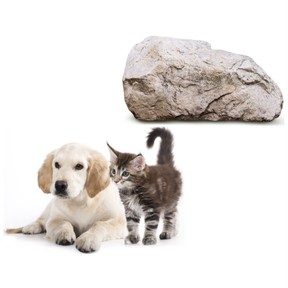
Living and nonliving things
I can explain the difference between a living and a non-living thing.



8,000 schools use Gynzy
92,000 teachers use Gynzy
1,600,000 students use Gynzy
General
Students will learn about the difference between a living and a non-living thing as well as each of their needs. They will learn how things can be classified into these two categories.
Standards
NGSS:
1-LS1-1
Learning Objective
Students will be able to describe the needs of living and nonliving things and classify items into these two categories.
Introduction
Students begin by discussing what they need to live (food, water, shelter, air) and learn that they themselves are living things.
Instruction
Students learn that living things have four needs: water, food, air, and shelter. Living things can grow, change, reproduce, and breathe. Non-living things do not have these needs and do not grow, breathe, or reproduce. Students see examples of each and drag a checkmark to decide if an item shows all of the necessary qualities to be considered a living thing. Then students drag items into two columns: living and nonliving. Finally, students read passages about bats, diamonds, and cacti and determine if they are living or nonliving.
Quiz
Students respond to ten questions consisting of true or false and multiple-choice questions. Students choose the picture that shows a living or a nonliving thing.
Closing
To conclude, students review what they learned and then they circle the items that are living and then all nonliving things.
The online teaching platform for interactive whiteboards and displays in schools
Save time building lessons
Manage the classroom more efficiently
Increase student engagement
Discover more!
About Gynzy
Gynzy is an online teaching platform for interactive whiteboards and displays in schools.
With a focus on elementary education, Gynzy’s Whiteboard, digital tools, and activities make it easy for teachers to save time building lessons, increase student engagement, and make classroom management more efficient.



